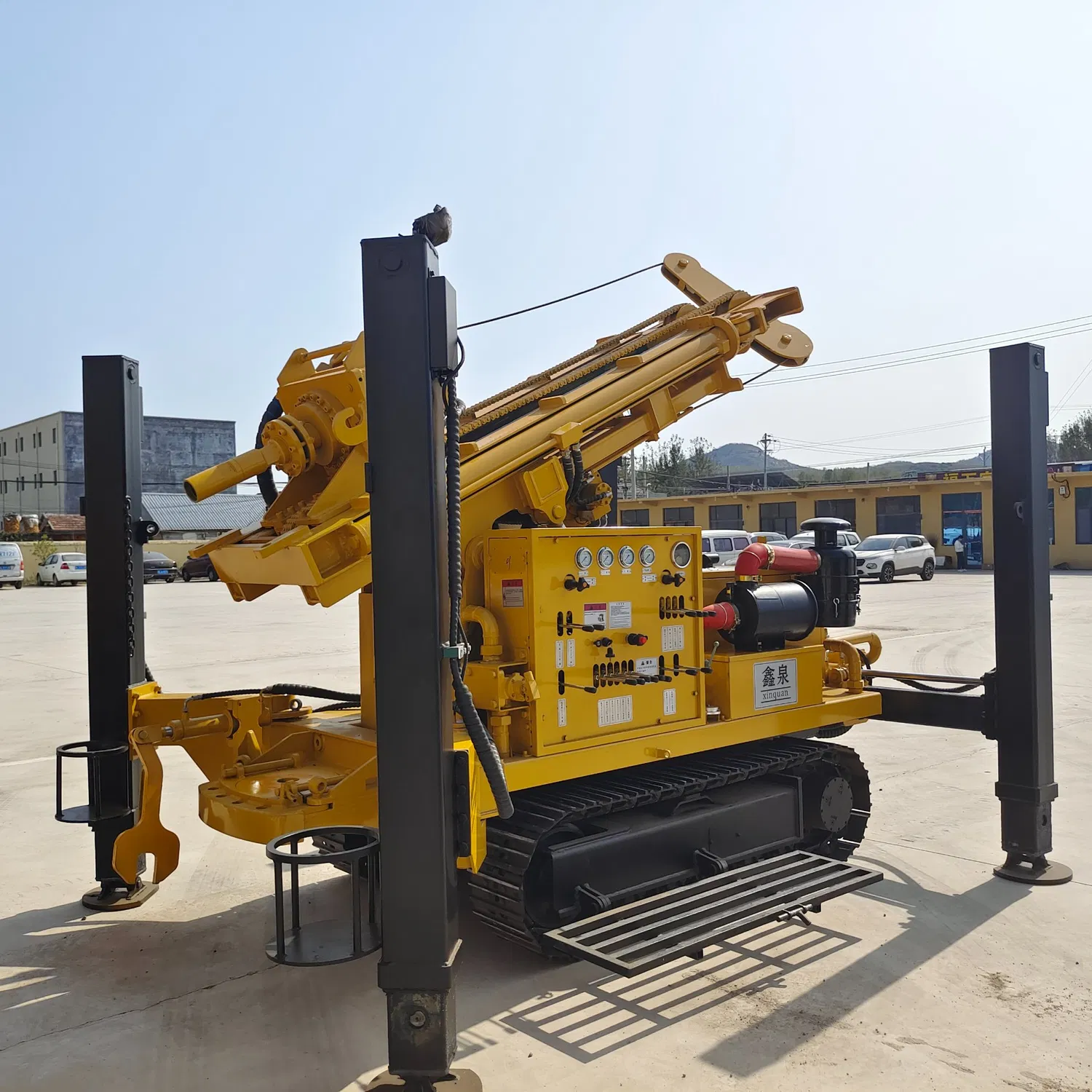Impact of Water Well Drilling Rig Techniques on Hydrogeological Data Accuracy
A water well drilling rig techniques directly affect hydrogeological data accuracy. Standard operations ensure reliability.
-
Effects of drilling methods: Clear water drilling avoids aquifer pollution, giving better water quality data. Mud drilling stabilizes walls but may block pores, lowering pump test yields. A limestone area saw 10m³/h with mud, 30m³/h with clear water—big difference.
-
Core recovery control: Low recovery loses key stratum info, hindering aquifer division. Adjust parameters for formations. In sand, slow drilling and dual tubes raise recovery from 70% to 90%. A river terrace exploration optimized tools; better recovery identified 2 confined aquifers.
-
Hole verticality and well cleaning: Slanted holes skew groundwater depth measurements. Keep deviation <1m per 100m with inclinometers. A 300m hole once tilted 8m, misidentifying layers—correction fixed data. Cleaning removes mud and rock powder. One hole’s yield rose from 15 to 25m³/h post-cleaning.

Proper techniques limit data errors to under 5%. A water well drilling rig thus supports sound resource assessment.
 Sonda de perfuração Bangxin
Sonda de perfuração Bangxin